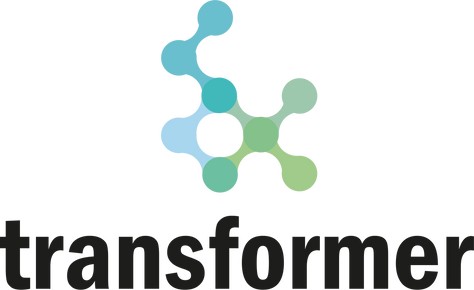Conflict resolution mechanisms encompass various models and strategies designed to address disputes constructively among TSL’s stakeholders (Activity 7.2 of TRANSFORMER Roadmap).
- The Thomas-Kilmann Conflict Mode Instrument (TKI) assesses stakeholder behavior, identifying strategies like Competing, Avoiding, Accommodating, Collaborating, and Compromising to select the appropriate resolution method[1]. For accessing the Thomas-Kilmann Conflict Mode Instrument and see a sample of TKI report please visit: https://kilmanndiagnostics.com/overview-thomas-kilmann-conflict-mode-instrument-tki/
- The Interest-Based Relational (IBR) Approach, developed by Roger Fisher and William Ury, separates stakeholders from the problem, focusing on mutual interests and underlying needs to promote creative, mutually beneficial solutions using objective criteria[2].
- The Dual Concern Model highlights conflict resolution strategies based on concern for self and others, advocating for the Integrating style, which balances both and often results in win-win outcomes[3].
- The Transformative Mediation model, by Joseph Folger and Robert Bush, emphasizes empowerment and recognition, aiming to enhance stakeholders’ control over decisions and mutual understanding, thereby transforming relationships and improving conflict-handling[4].
- Similarly, the Circle Process used in restorative justice employs structured dialogue with a talking piece to promote active listening, respect, and empathy through storytelling[5].
- The Narrative Mediation model reshapes conflict-related stories through externalizing conversations and deconstructing dominant narratives fostering a positive and collaborative outlook among stakeholders[6].
- The Nonviolent Communication (NVC) model, developed by Marshall Rosenberg, emphasizes empathetic communication by observing without judgment, expressing feelings, identifying needs, and making specific requests to facilitate effective collaboration[7].
- The Harvard Negotiation Project focuses on principled negotiation, separating stakeholders from the problem and addressing interests rather than positions to encourage creative solutions and ensure fairness through objective criteria[8].

[1] Sean McPheat (2022). What is the Thomas Kilmann Conflict Management Model? Available at: https://www.mtdtraining.com/blog/thomas-kilmann-conflict-management-model.htm
[2] Bedi P., Vashisth P. (2011). Interest-Based Repair of Conflicting Requirements Using Argumentation. 2011 International Conference on Communication Systems and Network Technologies. IEEE. Available at: https://ieeexplore.ieee.org/abstract/document/5966544
[3] Cai, D. A., & Fink, E. L. (2002). Conflict style differences among individualists and collectivists. Communication Monographs,69(1),67-87. Available at: https://www.researchgate.net/publication/252173431_Conflict_style_differences_among_individualists_and_collectivists
[4] Gaynier, L. P. (2005). Transformative Mediation: In Search of a Theory of Practice. Conflict Resolution Quarterly, 22(3), 397-408. Available at: https://onlinelibrary.wiley.com/doi/epdf/10.1002/crq.110
[5] Mediators Beyond Borders International. (n.d.). Circle Process: Restorative Circles and Community Building. Available at: https://mediatorsbeyondborders.org/what-we-do/conflict-literacy-framework/circle-process/
[6] Hansen, T. (2003). The Narrative Approach to Mediation. Available at: https://mediate.com/the-narrative-approach-to-mediation/
[7] Center for Nonviolent Communication. (2021). 4-Part NVC Process. Available at: https://www.nonviolentcommunication.com/wp-content/uploads/2021/11/4part_nvc_process.pdf
[8] Program on Negotiation at Harvard Law School. (2024). The Harvard Negotiation Project. Available at:
https://www.pon.harvard.edu/tag/the-harvard-negotiation-project/
